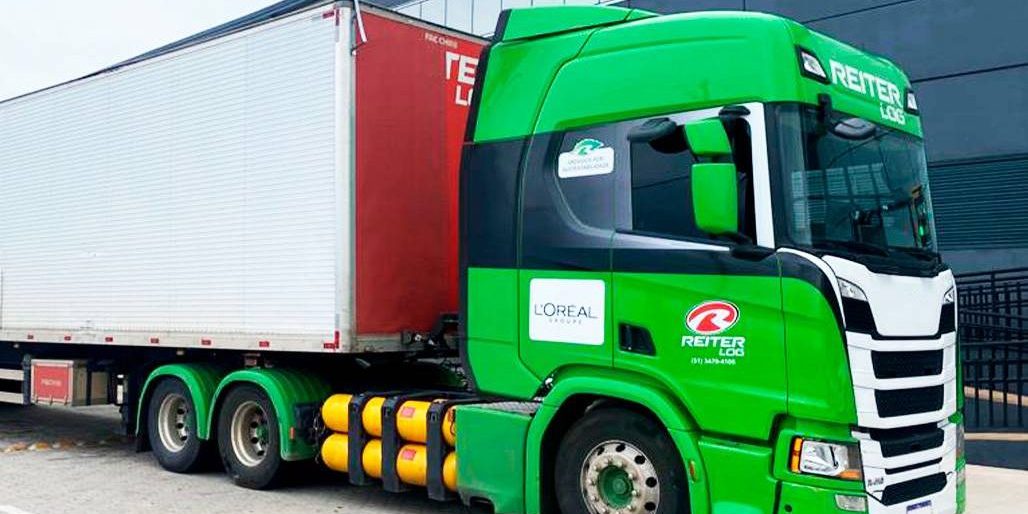The L’Oréal Group in Brazil signed a contract with Gás Verde for the delivery of 3.6 million cubic meters of biomethane, which will be used to supply 100% of the company’s dedicated fleet. The objective is to “reaffirm its pioneering spirit in creating a more responsible beauty,” the company highlighted.
The service station will be located next to the Gaia Distribution Center, the second largest of the Group in Latin America and will be the first in the world and in the cosmetics segment to use 100% renewable biofuel in its entire fleet dedicated to the operation of the company.
“For years, the L’Oréal Group has worked to reduce its impact on the environment and contribute positively to society. Transforming our business chain to respect the limits of the planet is a solid pillar of our L’Oréal for the Future program, which has ambitious goals for the 2030 agenda. As the world’s number one beauty company, we reaffirm our pioneering spirit in this partnership with Gás Verde, which opens the first biomethane station on the market dedicated to a company,” said Jeferson Fernandes, Director of Operations of the L’Oréal Group in Brazil.
“Increasingly, industries are using biomethane in their production processes and in their fleets, dramatically reducing their scope 1 emissions. And now we will provide an unprecedented biomethane refueling station, dedicated to heavy fleets. By offering this 100% renewable fuel, Gás Verde operates in a solution aligned with the ESG objectives of companies, in a clear advance in the decarbonization process of industries,” commented the General Director of Gás Verde, Marcel Jorand.
Gás Verde produces renewable gas from the proper treatment of urban solid waste from the Seropédica Landfill (RJ), the largest in Latin America.
By switching from CNG to biomethane, L’Oréal will achieve a 94% reduction in greenhouse gas emissions in dedicated operation, compared to 2021. The project also contributes to reducing the company’s total CO2 emissions, which by 2030 will reduce greenhouse gas emissions linked to transport by 50%, compared to 2016.
Source: L’Oréal







